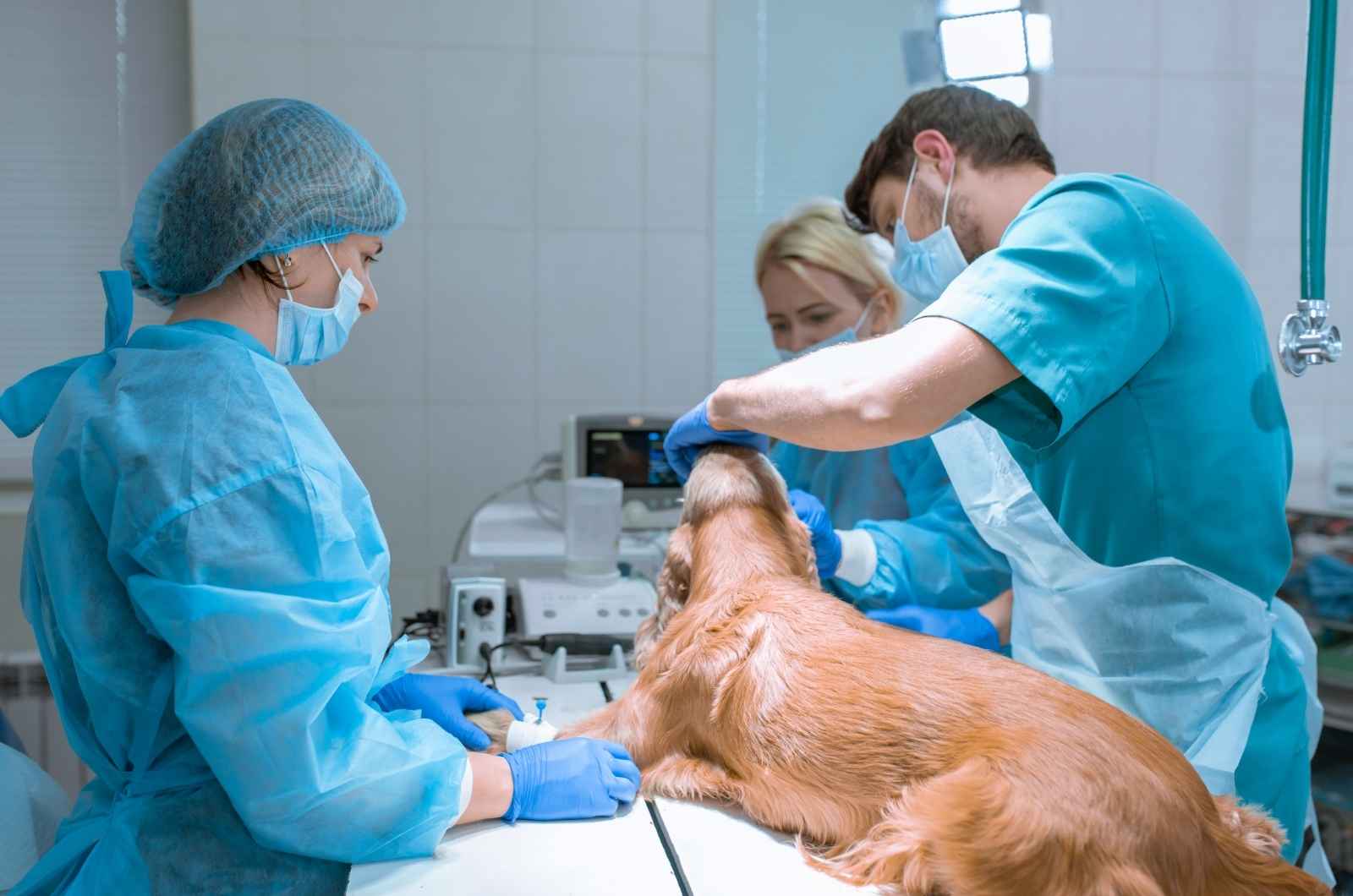Are you feeling frustrated and heartbroken watching your beloved canine companion struggle with incontinence? It's painful to see your furry friend distressed, and we understand the challenges it imposes on you as well, creating a constant cycle of cleaning and worrying.
You're not alone, and more importantly, there are remedial steps you can take. Understanding the root causes and symptoms of dog incontinence is the first step in this direction. Consequently, exploring and deciding on the most effective treatment can greatly improve the quality of your dog's life and provide you with some much-needed peace of mind. So, let's embark on this journey of comforting our loyal companions, guided by professional advice and a deep understanding of their needs and feelings.
Understanding Dog Incontinence: Causes and Symptoms
Dealing with dog incontinence can be a challenging and disconcerting situation for both the pet and the owner. Albeit frequent amongst dogs, it often goes unobserved or misinterpreted. The complexity of the problem enhances as it can be caused by a myriad of factors, including physical ailments like urinary tract infections, weaker sphincter muscles or age-related issues.
In fact, noticing the primary signs of dog incontinence is of paramount importance. You may observe that your pet is urinating more frequently than usual or spot involuntary urine leakage in places your dog rests or sleeps. Some dogs may also suffer recurrent urinary tract infections. An important element of effective management and treatment is a prompt and accurate diagnosis by a professional veterinarian, based on the presented symptoms.
Understanding such intricacies is the first step towards ensuring the health and happiness of your furry companion.
Effective Dog Incontinence Treatment Options
Addressing incontinence in dogs requires a comprehensive understanding of the condition and available treatment options. It is crucial to note that the most effective course of action largely depends on the underpinning cause of incontinence.
Medication
There are numerous medications veterinarians may prescribe for treating dog incontinence. Hormone replacement therapy is frequently employed for spayed females, compensating the deficiency in estrogen which can lead to a weak bladder sphincter. Drugs like Phenylpropanolamine strengthen the muscles of the urethra, improving its sealing ability.
Surgery
In severe cases, vets might deem surgery as an effective treatment route. Procedures like bladder suspension surgery and artificial urinary sphincter implants can help manage incontinence, particularly when the issue is due to structural abnormalities or extreme sphincter weakness.
Alternative Therapies
Alternative therapies like acupuncture and physical therapy can also aid in managing dog incontinence. Though they may not be the primary treatments, they are beneficial complementary therapies that can improve a dog's overall health and urinary control.
To identify the most appropriate therapy for your furry friend, consider their diagnosis, age, overall health status, as well as potential risks and benefits. Finally, remember that the choice you make will significantly influence their comfort and health, discussed further in the succeeding sections.
A Holistic Approach Towards Managing Dog Incontinence
Given the importance of early intervention, a comprehensive approach to dog incontinence treatment becomes indispensable. By ensuring that your pet maintains a healthy diet, gets regular exercise, and practises good hygiene can significantly aid in the management of this condition.
The implementation of behavioural training also plays a key role in managing dog incontinence. This includes positive reinforcement for elimination in appropriate areas and on a set schedule. It is useful to observe and try to understand your dog's signals indicating a need to urinate.
In addition to these practices, the use of specialized products can provide alleviation for both the pet and the owner. Products like absorbent pads and diapers designed specifically for dogs might offer a pragmatic solution for dealing with incontinence issues.
Remember, each case is unique, and so the requirement for effective treatment may vary. Therefore, dog owners should seek professional advice to develop a personalized plan and receive ongoing support. Ultimately, prioritizing your dog's well-being and exploring recommended treatment options can improve the quality of both your lives.
Managing Incontinence for a Healthier Dog
Addressing dog incontinence effectively is critical not only for your dog's health and comfort but also for maintaining a happy and hygienic home environment. Dealing with dog incontinence requires a comprehensive approach. This means, in addition to medical treatments, treating your pet holistically by maintaining proper diet and exercise is essential.
Just like in humans, overweight or obese dogs are more susceptible to incontinence. Hence, ensuring your dog has a healthy and balanced diet can greatly reduce the risk of incontinence. Regular exercise not only helps maintain a healthy weight, but also strengthens the dog's muscles, including the urinary tract muscles which can assist in managing incontinence.
The Role of Behavioural Training and Specialized Products
Behavioural training can play a crucial role in managing dog incontinence, especially in cases where incontinence is not linked to a medical condition. Teaching your dog good toileting habits can indeed be beneficial. There are numerous specialized incontinence products available in the market such as dog diapers or absorbent pads that can make management of incontinence easier and help maintain cleanliness in the house.
It is vital to remember that each dog is unique and requires a personalized treatment and management plan. Therefore, a constant dialogue with your veterinarian is significant in providing your dog the best care possible. Each step taken, from understanding the causes and symptoms to exploring treatment options discussed in this article, is a stride towards a healthier and happier life for your dog.
For More Info: https://biochange.life/
